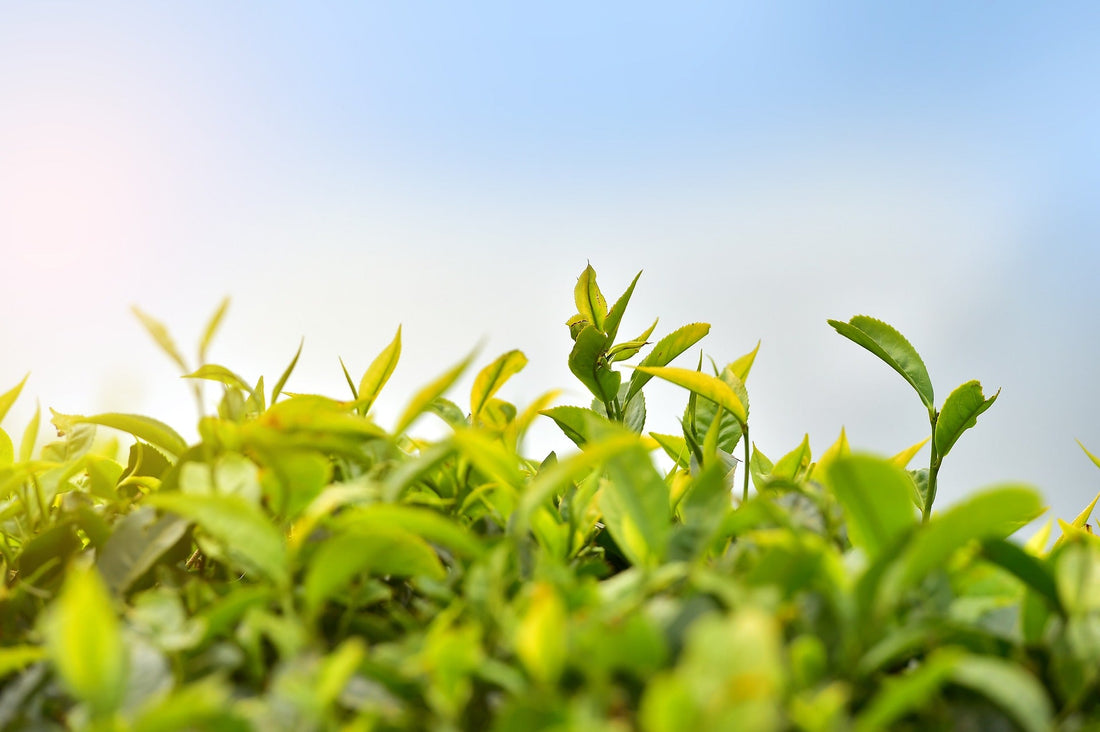
Discovering American-Grown Teas: Five Unique Aspects
Michele LillieIn the vast and varied world of tea, the United States might not be the first country that comes to mind. Traditionally, countries like China, India, and Japan have dominated tea cultivation with their centuries-old traditions. However, the U.S. is slowly carving out a niche with unique and high-quality tea offerings that delightfully surprise tea enthusiasts globally. Let's explore the world of American-grown teas.
1. History of American-Grown Teas
According to tea expert and author Jane Pettigrew, tea plant seeds from China were first planted in South Carolina in 1795, and then tea bushes were planted in the mid-1800s. The US government even hired Scottish botanist Robert Fortune to try to establish a US tea industry. Due to management problems and the Civil War, this effort was abandoned. In the late 1800s, seeds and cuttings were again planted in Georgia and South Carolina. The latter tea estate (Pinehurst) grew to 89 acres under the ownership of Dr. Charles Shepard. Upon his death in 1915, the tea garden was abandoned, and the plants were left to grow wild.
In the 1960s, the Thomas J. Lipton company established a research station on Wadmalaw Island, South Carolina and incorporated tea plants from Pinehurst. This continued for 25 years when a Lipton manager and his partner purchased the 127-acre tea farm to create the Charleston Tea Plantation. When their partnership dissolved in 2003, the property ended up at auction. One of the two partners joined forces with the tea company, Bigelow, to save the tea garden. Today, it is considered the only “large-scale commercial tea garden” in North America.

2. Current State of American-Grown Teas
Although South Carolina played a prominent role in starting US tea production, it is not the only state to do so. The tea farms in other states are small and have suffered numerous setbacks. Although they all grow the Camellia Sinensis tea plant, they do not all actually produce loose-leaf tea from those tea plants. Some just sell the plants, and others make tea-related products such as soaps. When they do sell finished loose-leaf tea, it is a fairly limited selection and reach.
Next to South Carolina, the states that have had the most success are Alabama and Mississippi. Alabama boasts that it has the second largest tea plantation in the US, with 60,000 plants. Tea has been grown there since 1977, when Lipton planted a trial plot that was later destroyed by a hurricane. The owner rescued some plants and has been experimenting with cross-breeding to create his own local cultivar. They have a few varieties of loose-leaf tea but only sell it locally at their farm.
Mississippi has a couple of tea ventures that began in the early 2000s. One of them now boasts 40,000 tea plants from which it makes a handful of different teas for purchase.
Other states that have one or two small tea farms are Georgia, Louisiana, Maryland, Michigan, New York, North Carolina, Oregon, and Virginia, A final state is Hawaii. Its tea history dates back further than most US locations – to the late 1800s. However, due to high production costs, it did not survive. They do have the highest number of tea farms of any state, but most are small.
3. Varieties of American-Grown Teas
American tea farms typically grow traditional varieties of Camellia sinensis, producing black, green, white, and oolong teas. What's notable is the experimentation with these varieties, often blending traditional techniques with innovative approaches to create unique flavors and aromas. Some farms also produce herbal teas, utilizing local flora to add a regional touch.
4. How Does American Tea Differ from Others?
American-grown teas bring a distinct profile shaped by the diverse climates and innovative farming practices found in the U.S. These teas tend to have a freshness that speaks to the smaller scale and newer traditions of American tea farming. The unique soil conditions, from volcanic to rich loam, impart flavors that cannot be replicated elsewhere, offering a palate experience that is both familiar and novel.
5. Why do we not produce more American-grown teas?
Why does the US not grow more tea? There are a few reasons. First, tea production in the US is a relatively recent venture as compared to the major tea-growing countries such as China and India. Going from that first tea seedling to a thriving tea farm can take several decades and more.
Second, the cost of growing and processing tea in the US is extremely high, making it difficult for small tea farms to compete with other countries and, therefore, become profitable.
Another reason is Terroir . Some tea plant varietals only grow well in their native location with the accompanying terroir. Transplanting them elsewhere can be very difficult, if not impossible. Many US tea growers struggle to find the right cultivar for their area's distinct soil, climate and farming practices. It is often a very lengthy process of trial and error.
The US League of Tea Growers wants to improve the US-grown tea environment. Their first meeting was in 2013, and according to their website, they are:
” made up of dedicated tea growers, educators, enthusiasts, and retailers to actively encourage the growth and production of high-value specialty teas within the USA. We provide education, resources, and support in all facets of your tea-growing journey!”
With American-grown teas, you're not just enjoying a beverage; you're partaking in the growth of a burgeoning industry and a new chapter in the global tea story. English Tealeaves does not currently carry any American-own teas. Would you like us to do so? What would you like to see at English Tealeaves.